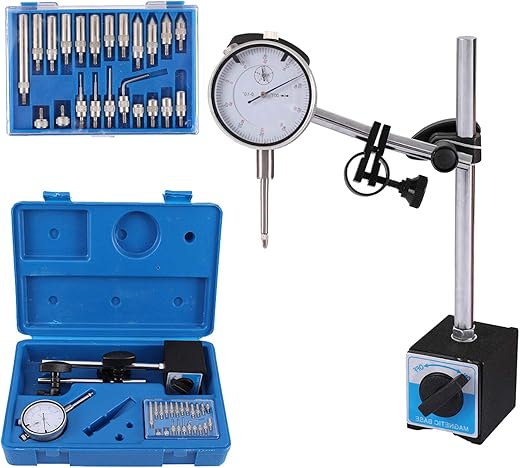









Understanding Maintenance Indicators: Your Guide to Effective Equipment Management
In today’s fast-paced world, maintaining equipment is crucial for both personal and professional success. Whether you’re a business owner or a homeowner, understanding how maintenance indicators work can save you time, money, and headaches. So, what exactly is a maintenance indicator, and why should you care? Let’s dive into this essential topic.
What is a Maintenance Indicator?
A maintenance indicator is a signal or notification that alerts you when equipment requires servicing or attention. Think of it as a friendly nudge from your machinery, reminding you that it’s time for a little TLC. This could be anything from a simple light on your car dashboard indicating low oil levels to a more complex system alerting you to a critical issue in industrial machinery.
Why are these indicators so important? Imagine driving your car without the oil light. You might go for months without checking the oil level, only to find yourself stranded on the side of the road. Maintenance indicators serve as essential checkpoints, ensuring your equipment operates smoothly and efficiently.
Types of Maintenance Indicators
There are several types of maintenance indicators, each serving a distinct purpose. Here’s a breakdown:
1. Visual Indicators
Visual indicators are often the easiest to understand. They may include warning lights, gauges, or even color-coded signals. For instance, a yellow light might mean “warning,” while a red light screams “immediate attention needed!” These indicators are like traffic lights for your machines, guiding you to make the right decisions.
2. Digital Alerts
With the rise of technology, many modern machines are equipped with digital alerts. These notifications can pop up on your smartphone, tablet, or computer, providing real-time updates on your equipment’s status. Imagine receiving a text message from your washing machine, letting you know it’s time to clean the filter. This kind of communication can significantly enhance your maintenance routine.
3. Manual Checks
Sometimes, technology fails us. In these cases, manual checks are essential. Whether it’s checking fluid levels, inspecting belts, or examining filters, regular inspections are like routine health check-ups for your equipment. They provide a hands-on approach that can catch issues before they escalate.
Why Regular Maintenance is Crucial
You might be wondering, “Why should I invest my time in maintenance?” Well, consider this: regular maintenance can prolong the life of your equipment, enhance performance, and even boost safety. Imagine a well-oiled machine running like a finely tuned orchestra, each part playing its role harmoniously. Neglecting maintenance, on the other hand, can lead to catastrophic failures—akin to a musician missing a note during a symphony.
Best Practices for Monitoring Maintenance Indicators
To maximize the benefits of maintenance indicators, here are some best practices to keep in mind:
1. Stay Informed
Read the manuals for your equipment. They often contain valuable information about maintenance schedules and indicator meanings. Knowledge is power, after all!
2. Create a Maintenance Schedule
Establish a routine for checking maintenance indicators. Mark it on your calendar, just like you would schedule a dentist appointment. Consistency is key.
3. Act Promptly
When an indicator signals a problem, don’t procrastinate. Address the issue as soon as possible. Ignoring it may lead to more significant and costly problems down the line.
4. Keep Records
Document all maintenance activities. This not only helps you track what has been done but can also be useful for warranties or resale value. Think of it as a health record for your equipment.
Conclusion
In summary, maintenance indicators play a vital role in the longevity and efficiency of your equipment. By understanding their significance and implementing best practices for monitoring them, you can avoid costly repairs and keep everything running smoothly. Remember, a little maintenance goes a long way. So, the next time you see that oil light flicker or get a digital alert, don’t ignore it—take action!
FAQs
1. How do I know when to replace my equipment based on maintenance indicators?
The decision to replace equipment should consider its age, cost of repairs, and how often maintenance indicators signal issues. If repairs consistently outweigh the cost of replacement, it might be time for an upgrade.
2. Can I rely solely on maintenance indicators for equipment upkeep?
While maintenance indicators are helpful, they should not be your only source of information. Regular manual checks and keeping informed about your equipment’s specific needs are crucial.
3. What should I do if a maintenance indicator light comes on, but I don’t understand what it means?
Consult the equipment’s manual or contact a professional. Ignoring the light can lead to more severe problems, so it’s best to seek guidance as soon as possible.
